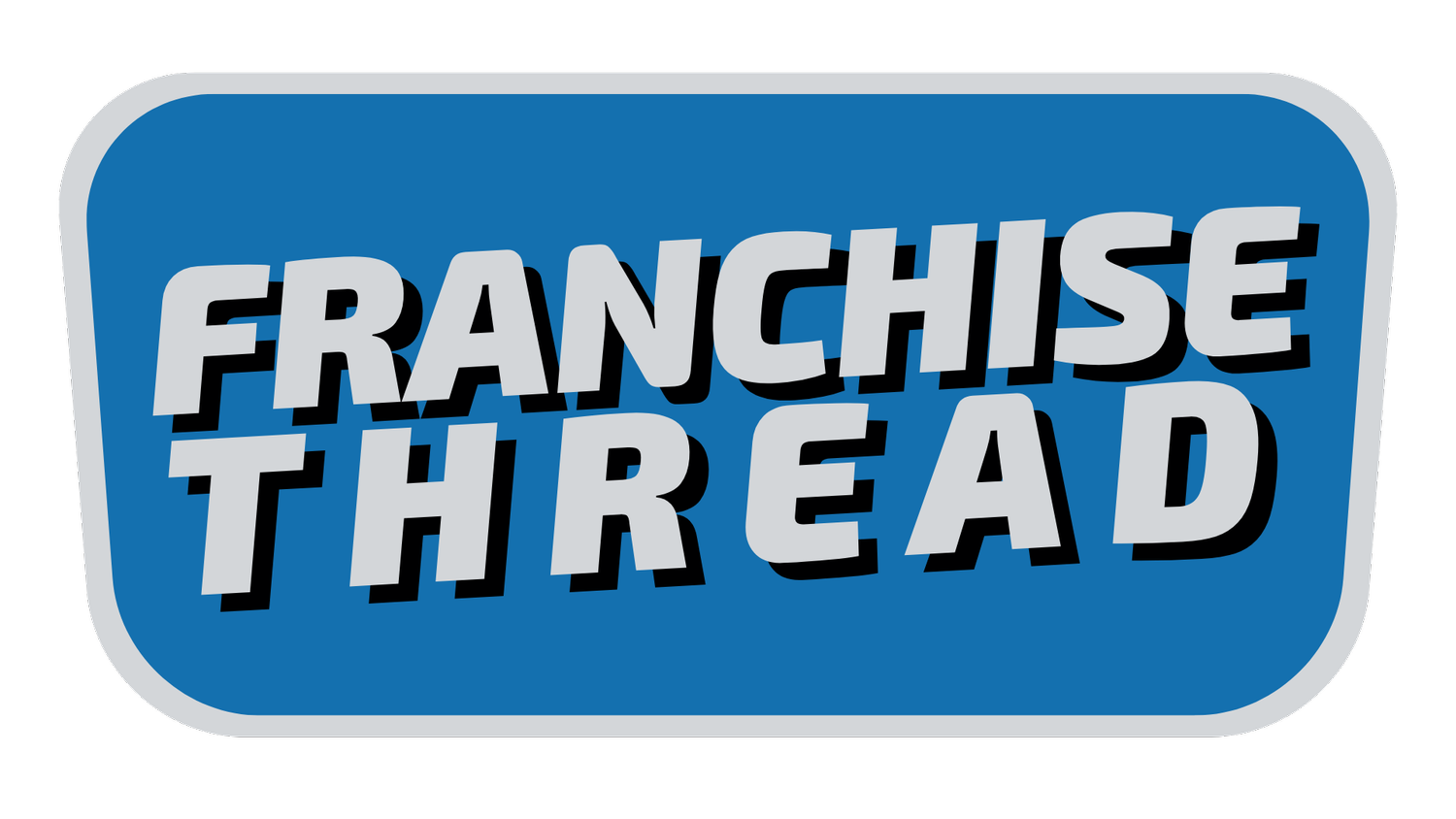SBA Loans Revealed: 5 Critical Things Lenders Don't Tell Franchisees (2024 Guide)
Introduction
Small Business Administration (SBA) loans are often presented as the golden ticket for franchise financing, but there's more to the story than what most lenders readily share. This comprehensive guide reveals crucial insights that could save you time, money, and frustration in your franchise funding journey.
The Hidden Realities of SBA Loans
1. Personal Assets Are More Exposed Than You Think
What Lenders Say: "SBA loans require minimal collateral and are government-backed."
The Reality:
Personal assets beyond your business are at risk
The SBA guarantee protects the lender, not you
Your primary residence can be included in collateral requirements
Personal savings and investments may need to be pledged
Action Steps:
Create a comprehensive list of personal assets before applying
Understand which assets might be exempt
Consider setting up asset protection strategies before applying
Document your non-business assets carefully
2. The "Quick Approval" Myth
What Lenders Say: "Pre-approval is quick and easy!"
The Truth About Timelines:
Initial pre-approval means very little
Actual approval can take 3-6 months
Documentation gathering alone often takes 4-6 weeks
Multiple rounds of questions are normal
Underwriting can require additional time
Real Timeline Breakdown:
Initial application: 1-2 weeks
Document collection: 4-6 weeks
Underwriting: 4-8 weeks
Approval process: 2-4 weeks
Closing process: 2-4 weeks
3. The True Cost Structure
What They Don't Highlight:
Origination fees (typically 0.5-1%)
Packaging fees ($2,000-$4,000)
Third-party report costs ($3,000-$7,000)
Legal documentation fees ($2,000-$5,000)
SBA guarantee fees (2-3.75% of guaranteed portion)
Ongoing servicing fees
Prepayment penalties in first 3 years
Hidden Costs to Consider:
Life insurance requirements
Environmental studies for real estate
Construction oversight fees
Working capital restrictions
Mandatory training programs
4. The Working Capital Trap
Common Misconceptions:
"You'll have immediate access to all approved funds"
"Working capital is freely available once approved"
The Reality:
Working capital disbursement is often restricted
Draw schedules can limit access to funds
Proof of expenses may be required
Contingency holdbacks are common
Post-closing requirements can affect disbursement
Working Capital Management Tips:
Plan for 20-30% more than you think you need
Document all projected expenses thoroughly
Maintain detailed cash flow projections
Have additional funding sources available
Understand draw schedules before closing
5. The "Franchise Registry" Misconception
What Lenders Suggest: "Being on the Franchise Registry means automatic approval."
The Real Story:
Registry listing only streamlines documentation
Individual qualification still required
Territory analysis remains crucial
Market conditions heavily impact approval
Brand performance still evaluated
Also, you need to understand how much cash your franchisor requires you to invest and net worth. Reach out to a franchisor to learn more about cash requirements and net worth.
Critical Factors Still Assessed:
Personal credit history
Industry experience
Market saturation
Local competition
Economic conditions
Expert Tips for Success
Pre-Application Preparation
Build relationships with multiple lenders
Strengthen personal credit score
Organize financial documentation
Develop detailed business plans
Understand franchise performance metrics
During Application
Respond quickly to information requests
Keep detailed communication records
Maintain consistent financial statements
Document all assumptions
Stay in touch with your loan officer
Post-Approval
Review all conditions carefully
Understand disbursement requirements
Plan for working capital needs
Maintain required insurance
Keep detailed financial records
Required Documentation Checklist
Personal Documents:
Last 3 years of tax returns
Personal financial statement
Resume and experience documentation
Credit explanations if needed
Source of down payment verification
Business Documents:
Business plan
Financial projections
Franchise Disclosure Document
Territory analysis
Location details
Red Flags to Watch For
Warning Signs During the Process:
Pressure to move forward without full understanding
Unclear fee structures
Reluctance to provide written terms
Pushing for quick decisions
Lack of clear communication
Best Practices for Success
Strategic Approaches:
Work with experienced SBA lenders
Understand all fees upfront
Have contingency funding available
Keep detailed records
Build strong relationships with key contacts
Conclusion
SBA loans can be an excellent funding source for franchisees, but success requires understanding both the obvious and hidden aspects of the process. By being aware of these five critical areas and preparing accordingly, you'll be better positioned to secure and manage your SBA loan effectively.
Essential Resources and Tools
Official Government Resources
Industry Research and News
Franchise-Specific Resources
Financial Planning Tools
Legal Resources
Additional Support Organizations
Banking Resources
Loan Calculators and Tools
Disclaimer
This information is for educational purposes only. Consult with qualified financial and legal professionals before making any lending decisions. Terms, conditions, and requirements may vary by lender and location.

